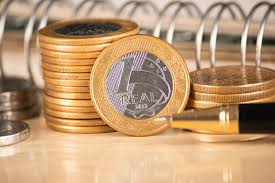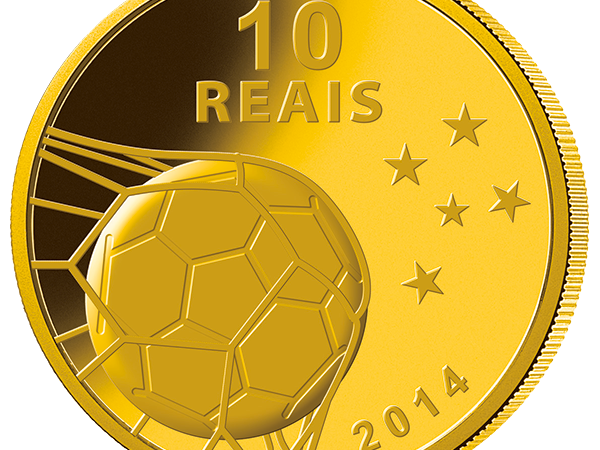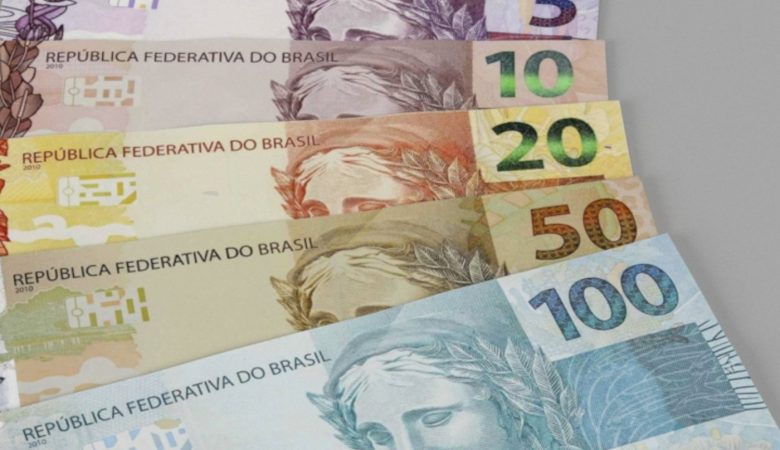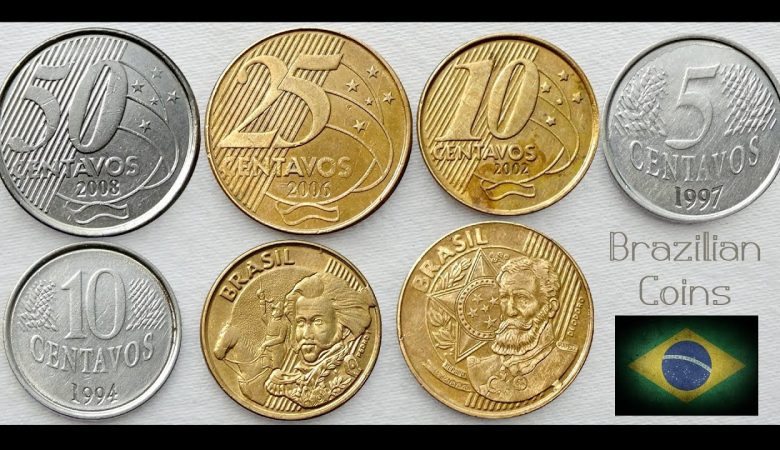Introduction
Brazil is a country with a rich history and diverse culture, and its coins are physical relics that record the nation’s economic development and historical narrative. Brazil’s coins have a rich history that spans from the early days of colonial trade to the current period of a thriving market. We will examine the stories enshrined in the metal and the symbols that have come to symbolize the identity of the country as we dig into the history and development of Brazilian coins in this extensive guide.
Colonial Beginnings: The Portuguese Influence
Brazil was a Portuguese territory during the colonial era, which is when Brazilian coins first appeared. The Portuguese Crown produced coins in the 17th and 18th centuries especially for use in Brazil. These coins had elaborate designs that frequently showed the monarchy’s insignia and the wealth amassed from the colonies. Precious metals like gold and silver were used to make these early coins, which represented Brazil’s place in the world market for these goods.
Independence and the Brazilian Empire
After declaring independence from Portugal in 1822, Brazil’s history underwent a significant turning point in the 19th century. Alongside the newly acquired independence came the foundation of the Brazilian Empire, ruled by Emperor Dom Pedro I. Coinage also changed as a result of this transformation, with Brazil starting to produce its own coins to represent its independence.
The original Brazilian coins included national emblems on one side and the profile of the current king on the other, a design influenced by European numismatic traditions. Coin designs changed during the Brazilian Empire, which lasted until 1889, to reflect the country’s shifting political climate and cultural character.


The Republican Era: Transition and Transformation
Significant alterations to the nation’s currency were brought about by the First Brazilian Republic’s founding in 1889. New themes and symbols were added to coins during the monarchy-to-republic transition, representing the ideals and goals of the young democracy. The national motto “Ordem e Progresso” (Order and development) and the Southern Cross constellation seen in the Brazilian coat of arms became a significant feature on the currency, signifying Brazilian society’s unity and commitment to development.
Brazilian coins had several design modifications during the 20th century, frequently reflecting the nation’s political and socioeconomic upheavals. Every penny evolved into a little canvas that represented Brazil’s progress toward modernity, ranging from images of national heroes to representations of technological and agricultural innovations.
Inflation and the Real Plan
Brazil had a serious economic problem in the late 20th century in the shape of hyperinflation. The nation saw abrupt and erratic price spikes during this time, which affected the value of its currency. Brazil introduced the Real Plan in 1994 as a solution to this economic crisis, replacing the Cruzeiro with the Brazilian Real (BRL) at that time.
The Real’s launch signaled a revolution in Brazilian numismatics. Modern design elements and new security measures were incorporated into the redesign of coins and banknotes. The Real gained strength due to a period of economic stability brought about by the actions taken by the Brazilian Central Bank to stabilize the currency.
Contemporary Brazilian Coins: Design and Security
Brazilian coins from today still exhibit a fusion of the old and the new. Coins of the Brazilian Real come in 1, 5, 10, 25, and 50 cent denominations in addition to 1 Real coins. Emblemizing the principles of harmony and advancement, the national coat of arms and the slogan “Ordem e Progresso” are included on every coin.
The Brazilian Central Bank has made using cutting-edge security measures in currency manufacture a priority in recent years. These characteristics include complex patterns, components that are laser-etched, and certain metals that make counterfeiting challenging. Modern technology is included into Brazilian coins to improve their authenticity and longevity, as well as to demonstrate the country’s dedication to remaining at the forefront of money innovation.
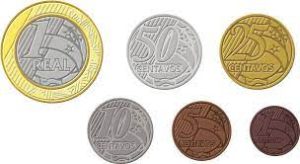
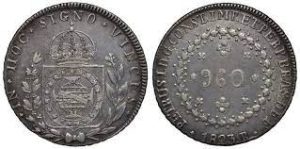
Conclusion: Coins as Cultural Artifacts
The development and history of Brazilian coins tell a fascinating story that reflects the country’s journey through centuries of transformation. Brazilian coins are not just a means of trade but also cultural relics that capture the essence of a country, from the sumptuous patterns of colonial coins to the emblems of freedom and tenacity in the face of adversity. Brazil is a superpower in South America, and its coins serve as a physical link to its history while also demonstrating its lasting resilience and colorful personality.


